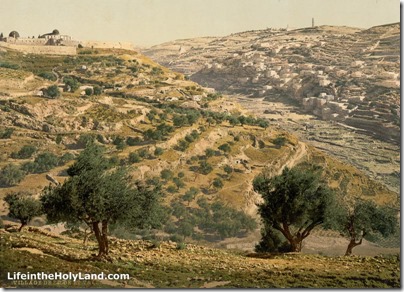In addition to the
free lectures that we mentioned last week, here are two more for this month.
On Saturday, September 12, at 5:00 pm, Khadiga Adam and JJ Shirley will be speaking on “ARCE Conservation Field Schools and Theban Tomb 110” at the Chicago Chapter of the American Research Center in Egypt. The lecture will take place at the Oriental Institute, University of Chicago, LaSalle Banks Room (on the lower level). More information can be found here.
Of the more than 900 non-royal tombs located in what is today called the “Theban Necropolis” on the west side of the Nile in Luxor, few are as intriguing as “Theban Tomb 110.” Tomb 110 belonged to a man named Djehuty, who served as a royal butler and herald for two 18th Dynasty kings: the powerful queen-turned-king Hatshepsut, and her stepson and successor Thutmose III. Djehuty’s tomb was discovered and superficially published in the 1930s by one of the great early Egyptologists, Sir Norman de Garis Davies. But, the tomb was lived in during modern times, and completely blackened by fires, so Davies could not discern many of the inscriptions and scenes. Since 2012 the American Research Center in Egypt (ARCE) has run field schools to excavate and conserve this tomb, making it possible to conduct a new and more thorough study of the tomb by re-recording its tomb scenes and inscriptions, a process known as “epigraphy.”
This talk will present the results of the current epigraphy project in Theban Tomb 110, funded by ARCE through an AEF grant and run as field school to train Egyptian Inspectors in this specialized skill. The students’ work has already brought to light new information about the tomb’s construction, the tomb owner, and the kings whom he served.
Khadiga Adam will open the evening with an overview of the trainees’ progress during the ARCE conservation programs that started in 2007 and have trained over 300 Ministry of Antiquities conservators and technicians from Upper Egypt. The resulting impact will be illustrated by past and present projects, including the current work of ARCE Luxor archaeologists.
JJ Shirley will discuss the ARCE’s Conservation Field School at Theban Tomb 110 (TT110) that started in February 2013. The badly damaged tomb gives the trainees a wonderful opportunity to learn about the treatment and conservation of the many types of decay and damage that they will encounter during their careers. To date, ARCE has trained 24 Ministry of Antiquities (MOA) supervisors, conservators and technicians in this tomb. Each season, ARCE introduces new advanced techniques in a step by step learning process with special emphasis on building the MOA’s knowledge and use of conservation methods and materials.
On Thursday, September 24, 7:00-9:00 pm, Jeffrey H. Tigay (U. Pennsylvania) will speak on the topic “Jewish Interpretation of Deuteronomy’s Command to Annihilate the Canaanites.” The lecture will take place at Barrows Auditorium, Billy Graham Center, Wheaton College. The lecture is free and open to the public.
UPDATE: More information can be found on this webpage.
 Sarcophagus lid
Sarcophagus lid 
